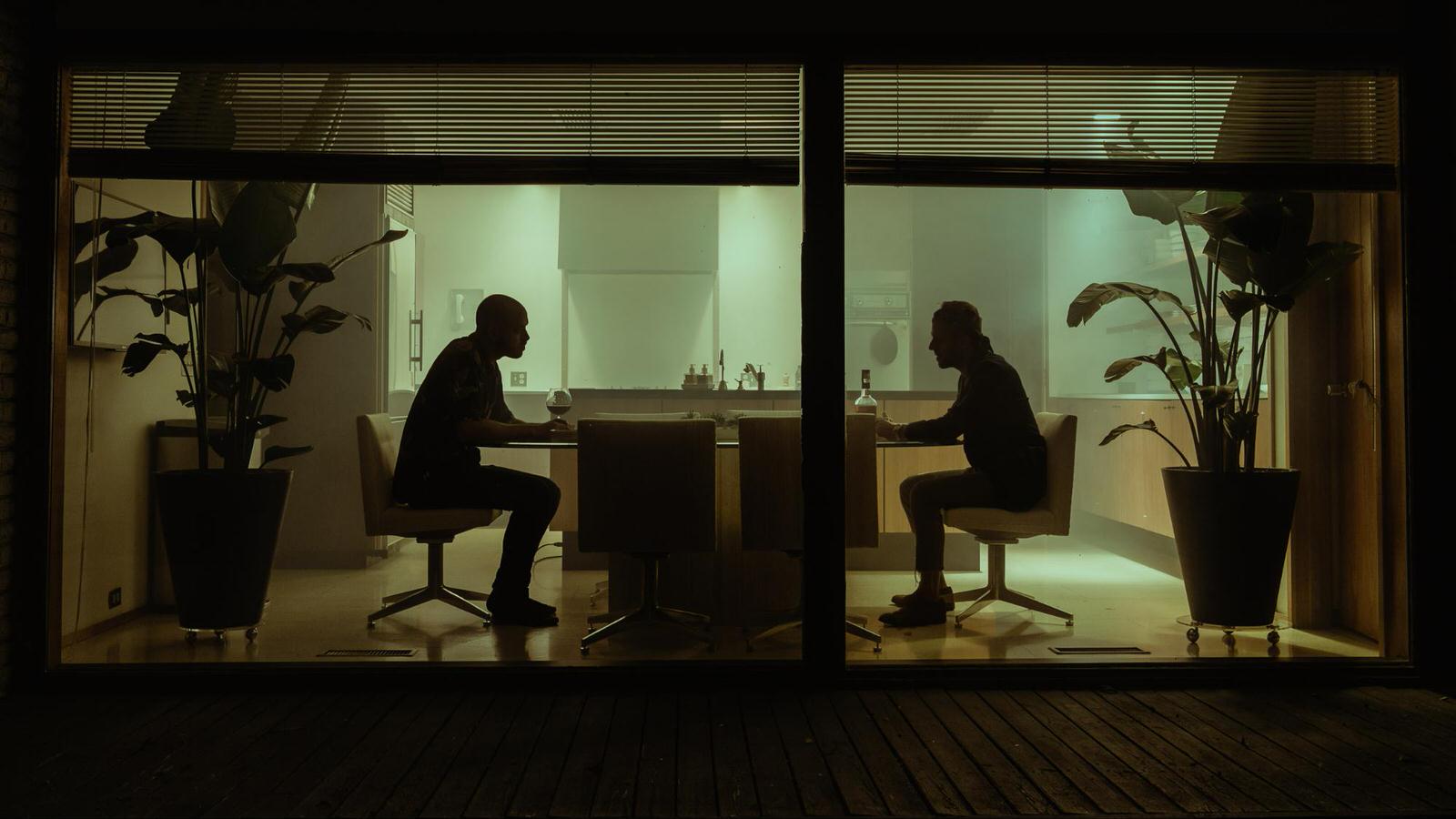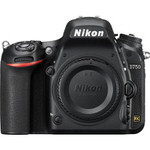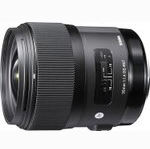
Michael McCluskey’s Recipe for Creating an 80s Music-Inspired Visual Atmosphere
When Michigan-born photographer Michael McCluskey was approached by Meris to work on a campaign to introduce a brand-new multi-voice instrument synthesizer to the brand’s pedal family, he immediately knew he wanted to draw on familiar aspects of the 1980s to create images that would help viewers associate the instrument with the period of time when it enjoyed its heyday.
“When I think of synthesizers as they relate to a visual medium, I think of movie scenes from the 80s by artists like John Carpenter, Tangerine Dream, Giorgio Moroder, Vangelis, etc.,” he says. “With this project, I wanted to create the tension and atmosphere that these musicians did with their music.”
The shoot was arranged at a house in Farmington Hills, Michigan, which Michael says was designed and built by renowned architect Irving Tobocman in the mid-1960s. The mid-century modern home offered spacious rooms, high ceilings, marble accents, terrazzo floors, and custom-build wood designs.
“It was a fun and unique space to work in, and had the vibe I was looking for,” he says.
Michael spent a few days shooting at various locations in and around the home, focused on achieving the specific look he had in mind. His background in music and film production helped him zero in on the exact mood he was hoping to create.
“Aesthetically, I wanted the project to be somewhere between an 80s crime movie and horror,” he says. “To me, those genres are synonymous with synth. And, at the time, I had just started playing with silhouettes – I like the inherent mystery. They also help your subject fall into the scene and become a part of the environment.”
But one part of the house stuck out to Michael. Finally, on the last day of the project, at around five o’clock in the morning, he was able to come back to it.
“When we first toured the house, I knew I wanted to do something with this huge window,” he says. “It offered a lot of symmetry, and also felt voyeuristic when viewed from the outside.”
Camera & Settings

Nikon D750
24.3MP FX-Format CMOS Sensor, Full HD 1080p Video Recording at 60 fps, 3.2″ RGBW Tilting LCD Monitor

Sigma 35mm F1.4 DG HSM Art
35mm art lens with f/1.4 maximum aperture for Canon SLR cameras, Lens Type: Fast Prime Lens
To further enhance both of those aspects, Michael staged the space accordingly by artfully – and symmetrically – positioning elements like the plants and his subjects. He also made the decision to shoot from outside, looking in.
“With a fog machine, I put in a good amount of haze to soften the background and silhouette the subjects,” he adds. “It helped the image feel less busy, and also brought the subjects forward. With so many different light fixtures with variable controls in the room, it wasn’t necessary to add any light.”
To get the shot, Michael used a Nikon D750 with a Sigma 35mm f/1.4 Art lens. With his camera mounted on a tripod, Michael triggered the shutter with a remote – capturing his final image with an aperture of f/7.1, shutter speed of 1/3 of a second, and an ISO of 400.
“I wouldn’t normally use a shutter speed that slow with human subjects in the frame, but they were sitting down, so I got away with it,” Michael says. “I also didn’t want to push my ISO because I wasn’t sure how much post-processing I was going to do, and I’ve found there’s a lot more flexibility in images with less noise.”
In Lightroom, Michael made basic adjustments to the crop, white balance, and tone, before bringing the image into Photoshop for further fine-tuning. Using the clone stamp tool, he first removed a visible section of the cord that was powering the fog machine before creating a curves adjustment layer and a color balance layer, to dial in the tone even further.
“I used layers so I could control the opacities of the effects,” he says. “The amount of post-processing wasn’t significant – I really wanted to get things close in-camera, which I feel helped move the project closer to the 80s cinema vibe I was after.”
The final image is a perfect reflection of the inspirations Michael took with him into the shoot – and creates an instant sense of nostalgia for anyone who lived through the 1980s. If you listen closely, you can even almost hear the sound of a synthesizer.
“It’s all about symmetry, atmosphere, and tension,” Michael says. “I like the way they meet here.”
Michael describes his photography as a natural extension of his interest in film and music, which lends his images a cinematic, evocative mood. More of Michael’s photography – both his personal and commercial projects – can be viewed on his website or on his Instagram.
















